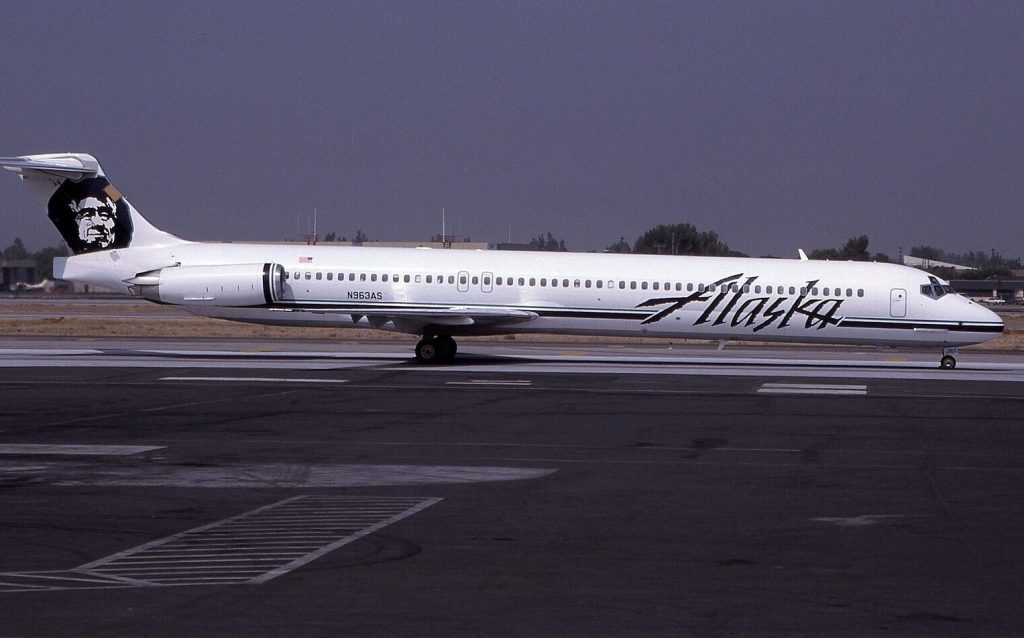25 Years Later, the Alaska Airlines Flight 261 Tragedy Still Haunts Us
Plane crashes are always tragic, but few are as haunting as the loss of Alaska Airlines Flight 261. Now, 25 years later, newly released cockpit audio has brought fresh chills to a story that already left an indelible mark on aviation history.
A Routine Flight Turns Into a Nightmare
On January 31, 2000, Alaska Airlines Flight 261 took off from the sunny airport in Puerto Vallarta, Mexico, bound for Seattle with a scheduled stop in San Francisco. Onboard were 88 people — vacationing families, returning travelers, and a seasoned flight crew doing a job they’d done countless times before.

But the flight never made it to its destination. Instead, it ended in unthinkable tragedy, crashing into the Pacific Ocean just off the Southern California coast. All 88 lives were lost — 83 passengers, three flight attendants, and both pilots.
The crash of Flight 261 is more than a tragic entry in aviation records. It remains a chilling reminder of how a single missed detail can set off a chain of events that leads to disaster.
The Aircraft: A Trusted Workhorse with Hidden Flaws
To understand what went wrong, we have to look beyond the crash itself — back to the design, the maintenance practices, and decisions made long before takeoff.
The aircraft was a McDonnell Douglas MD-83, a model introduced in the 1980s and derived from the older DC-9 series. While it had a strong reputation as a commercial workhorse, some of its components — especially in the tail section — hadn’t seen meaningful upgrades in years.
One of those parts was the jackscrew, a critical component used to adjust the horizontal stabilizer, which controls the pitch of the aircraft. If this mechanism fails, it becomes nearly impossible to control the plane.
Though designed with safety redundancies, the jackscrew system had a vulnerable point: a key nut made from a softer metal that wore down over time. Proper lubrication was essential — without it, the wear would accelerate dangerously.
Over the years, maintenance schedules were extended, inspections delayed, and a critical safety procedure gradually became a routine checkbox. The oversight would prove fatal.
Veteran Pilots Face the Unthinkable
Flight 261 was flown by two highly experienced pilots: Captain Ted Thompson, 53, and First Officer Bill Tansky, 57. Together, they had over 12,000 hours in MD-80 aircraft — but on that day, even their remarkable skills were tested to the limit.
The trouble began at 31,000 feet when the horizontal stabilizer jammed. Tansky disengaged the autopilot and began flying manually, but controlling the aircraft required increasing physical force. The pilots ran through emergency procedures, contacted airline operations, and even discussed getting ground-based assistance.
They eventually made the call to divert to Los Angeles.
The Final, Heroic Moments
While troubleshooting the jammed stabilizer, Captain Thompson activated several trim switches. That’s when the already worn Acme nut finally gave out. The stabilizer moved into a full nose-down position, and the plane began a steep, uncontrolled dive.
“We’re in a dive,” Thompson radioed. Then, correcting himself, he added, “Not a dive yet, but we’ve lost vertical control of our airplane.”
Tansky’s voice followed grimly: “No, we don’t.”
With astonishing calm and strength, the pilots managed to recover from the initial dive. But it was clear — the aircraft had suffered catastrophic damage. The jackscrew assembly had completely failed.
In a final, desperate act of skill and bravery, Captain Thompson rolled the plane inverted, flying upside down in an attempt to regain control. It was a move few could have pulled off — but even that wasn’t enough.
Flight 261 slammed into the Pacific Ocean, killing everyone onboard.
Witnesses from the Sky
Other pilots in the area had been asked to visually track Flight 261.
One pilot reported, “Just started to do a big, huge plunge.”
Another confirmed the aircraft was in a steep nose-down position.
Moments later, they both saw the unimaginable: the aircraft had impacted the ocean. There were no survivors.
The Investigation: A Shocking Discovery

When investigators recovered the flight data recorders and examined the jackscrew assembly, what they found was staggering. The Acme nut’s threads were almost completely worn down — sheared off. And most damning of all?
There was no lubrication. None.
Years of deferred maintenance and procedural shortcuts had quietly set the stage for disaster.
The official cause: “A loss of pitch control due to the in-flight failure of the horizontal stabilizer trim system jackscrew assembly’s Acme nut threads.” The excessive wear was traced back to inadequate lubrication by Alaska Airlines’ maintenance team.
In response, 24 safety recommendations were issued to both the airline and the FAA — covering everything from inspection intervals to better oversight of critical systems.
Remembering the Victims and Heroes
Among the passengers were several notable individuals, including:
-
Jean Gandesbery, author, and her husband Robert
-
Cynthia Oti, financial radio show host
-
Tom Stockley, wine columnist for The Seattle Times, and his wife Margaret
-
Morris Thompson, former commissioner of the Bureau of Indian Affairs in Alaska, along with his wife Thelma and their daughter Sheryl
Captain Thompson and First Officer Tansky were posthumously awarded the Air Line Pilots Association Gold Medal for Heroism — a reflection of their courage and professionalism in the face of overwhelming odds.
A Legacy That Still Echoes
The crash of Alaska Airlines Flight 261 isn’t just a tragedy to be remembered. It’s a powerful cautionary tale — a stark reminder of the cost of complacency in aviation maintenance, and a tribute to the heroes who fought to save lives until the very end.



